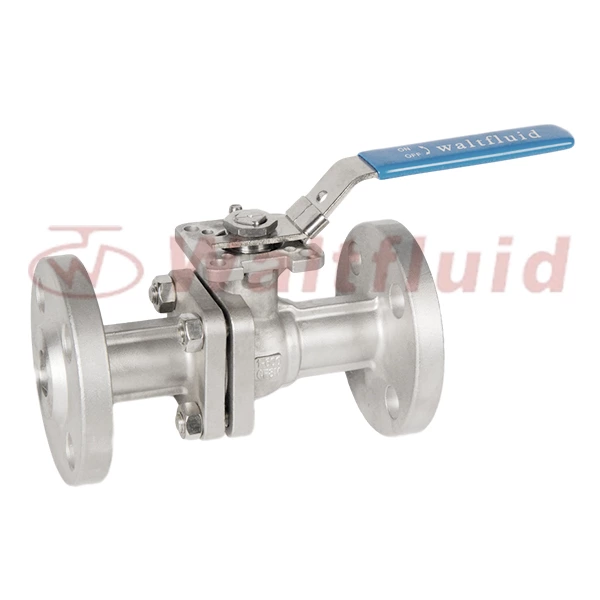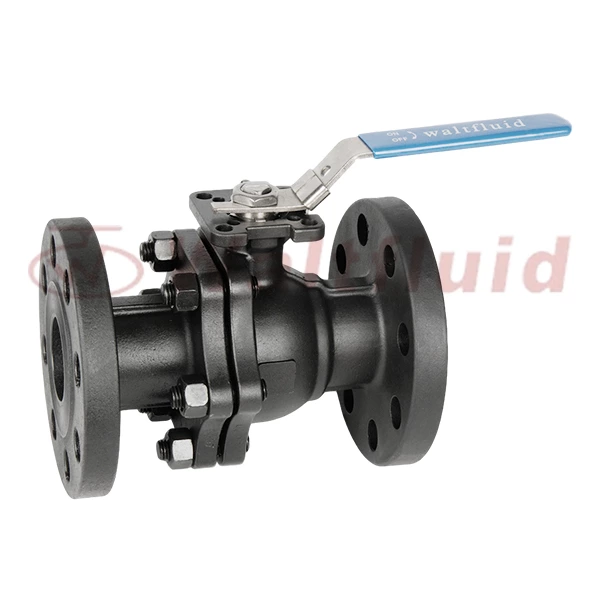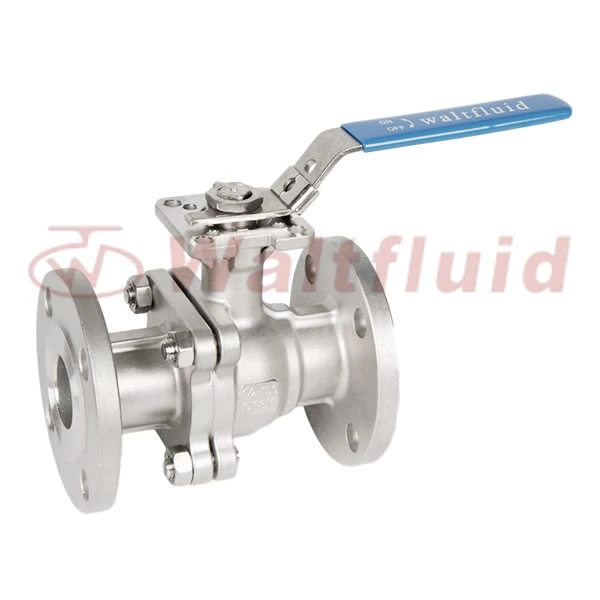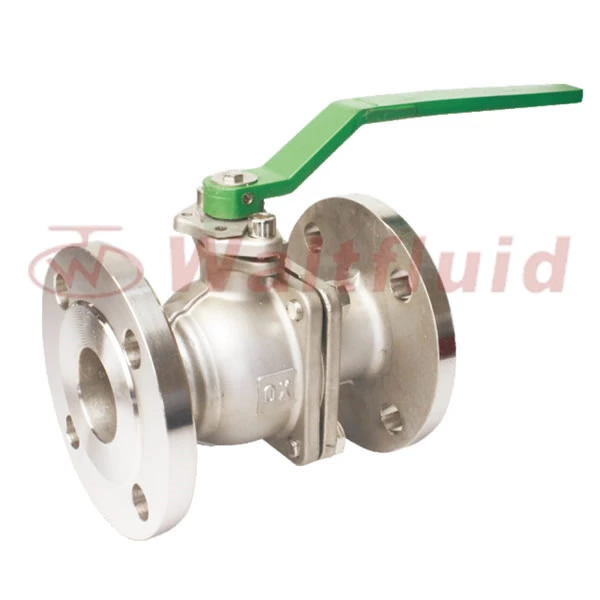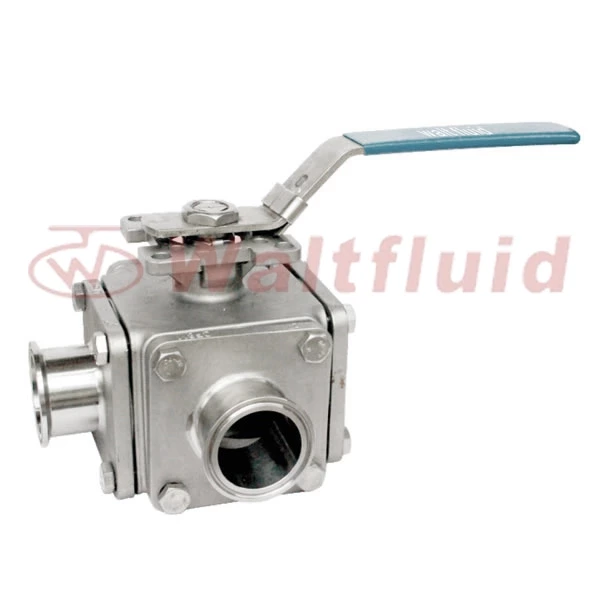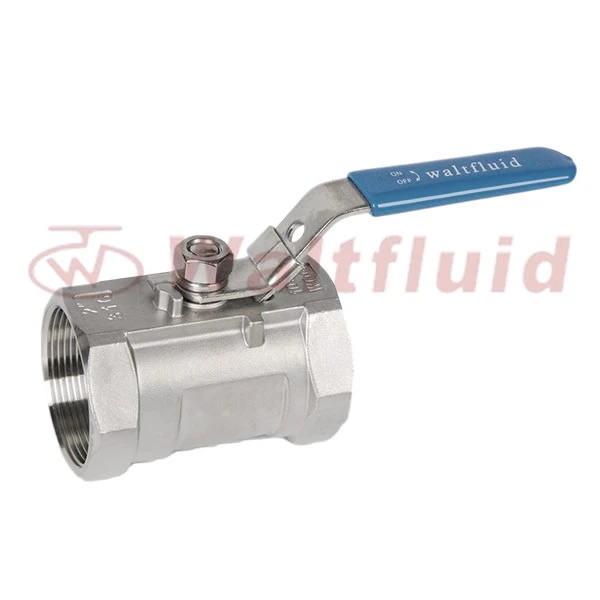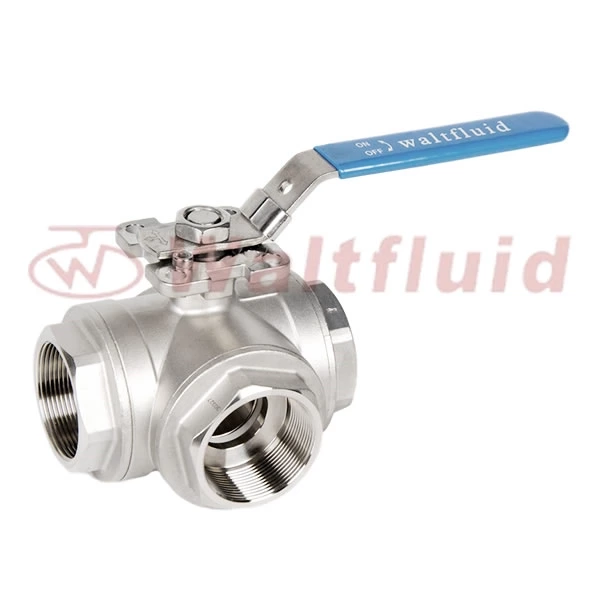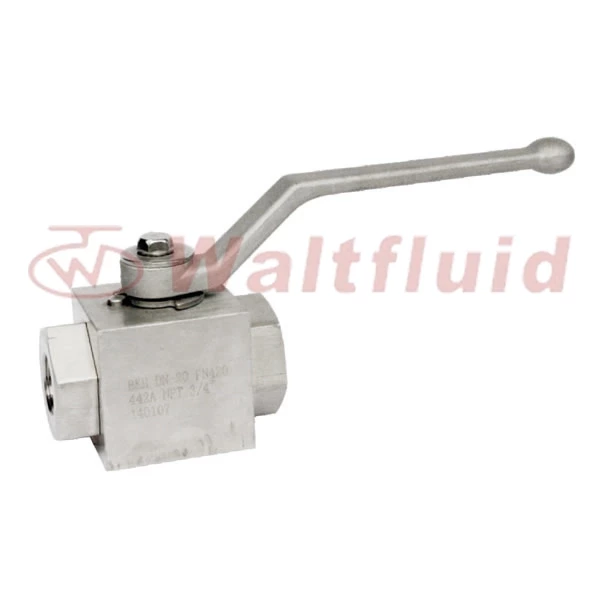Material Selection And Structural Optimization Analysis Of Thermal Insulation Ball Valve
The material selection and structural optimization of 3 Way Ball Valve are the key to ensure the stable operation of the valve in high or low temperature environments. The following is a detailed analysis of the material selection and structural optimization of the insulated ball valve:
1. Material selection
1.1. Valve body material
Stainless steel (such as 316L):
Advantages: high temperature resistance, corrosion resistance, suitable for harsh environments; high strength to ensure the durability of the valve body.
Application: widely used in high temperature and high corrosion environments in chemical, petroleum, pharmaceutical and other industries.
Carbon steel (such as A105, Q235):
Advantages: low cost, high strength, suitable for use under medium temperature and pressure conditions.
Disadvantages: poor corrosion resistance, may require additional anti-corrosion treatment.
Alloy steel (such as Inconel, Monel):
Advantages: excellent high temperature strength and corrosion resistance, suitable for the environment.
Application: used in high temperature, high pressure or corrosive media environments.
1.2. Ball material
Stainless steel (such as 316L):
Advantages: Consistent with the valve body material, ensuring overall corrosion resistance and wear resistance.
Application: Commonly used in the chemical and petroleum industries.
Ceramic:
Advantages: Excellent wear resistance and corrosion resistance, but the price is relatively high.
Application: Suitable for occasions with high requirements for wear resistance.
Polytetrafluoroethylene (PTFE) coating:
Advantages: Provides good chemical stability and low friction coefficient.
Application: Used in chemical media or application scenarios requiring low friction.
1.3. Sealing material
Polytetrafluoroethylene (PTFE):
Advantages: High temperature resistance, corrosion resistance, wear resistance, suitable for most media.
Application: Widely used in various media and temperature environments.
Rubber (such as fluororubber, silicone rubber):
Advantages: Good elasticity and sealing, suitable for low to medium temperature environments.
Application: Used for sealing in low or medium temperature environments.
2. Structural Optimization Analysis
2.1. Insulation Layer Design
Insulation Material:
Selection: Aluminum silicate, fiberglass, polyurethane foam, etc., with good thermal insulation performance.
Design: The thickness of the insulation layer needs to be determined according to the actual heat loss calculation and ambient temperature to ensure effective reduction of heat loss or avoid freezing.
Insulation Layer Covering:
Packaging Design: Ensure that the insulation layer is tightly combined with the valve body to prevent the insulation material from falling off or being damaged.
Protective Shell: Usually equipped with a protective shell, such as a metal shell, to protect the insulation layer from mechanical damage and environmental influences.
2.2. Heating Device
Electric Heater:
Design: Select appropriate heating power according to fluid temperature requirements and environmental conditions. The heater should be able to evenly heat the valve body to avoid local overheating.
Control System: Equipped with a temperature control system to ensure that the heater automatically starts or shuts down when needed to maintain a constant temperature.
2.3. Thermal expansion compensation
Expansion compensation structure:
Design: The design takes into account the thermal expansion characteristics of the material and sets appropriate compensation devices (such as compensation joints, expansion joints) to adapt to the dimensional changes caused by temperature changes.
Material selection: Select materials with good thermal expansion compensation performance, such as special alloys or flexible joints.
2.4. Fluid flow optimization
Sphere shape:
Design: The surface of the sphere should be smooth to reduce resistance and wear in fluid flow.
Optimization: Through computational fluid dynamics (CFD) simulation, optimize the fluid dynamics performance of the sphere and reduce losses in fluid flow.
Flow channel design:
Design: Ensure that the flow channel design is reasonable to avoid turbulence or resistance of the fluid inside the valve.
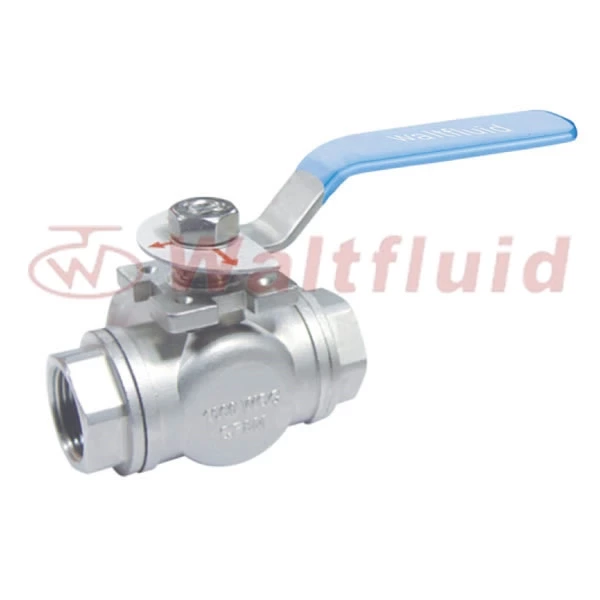
 English
English 中文
中文 Pусский
Pусский  Español
Español
